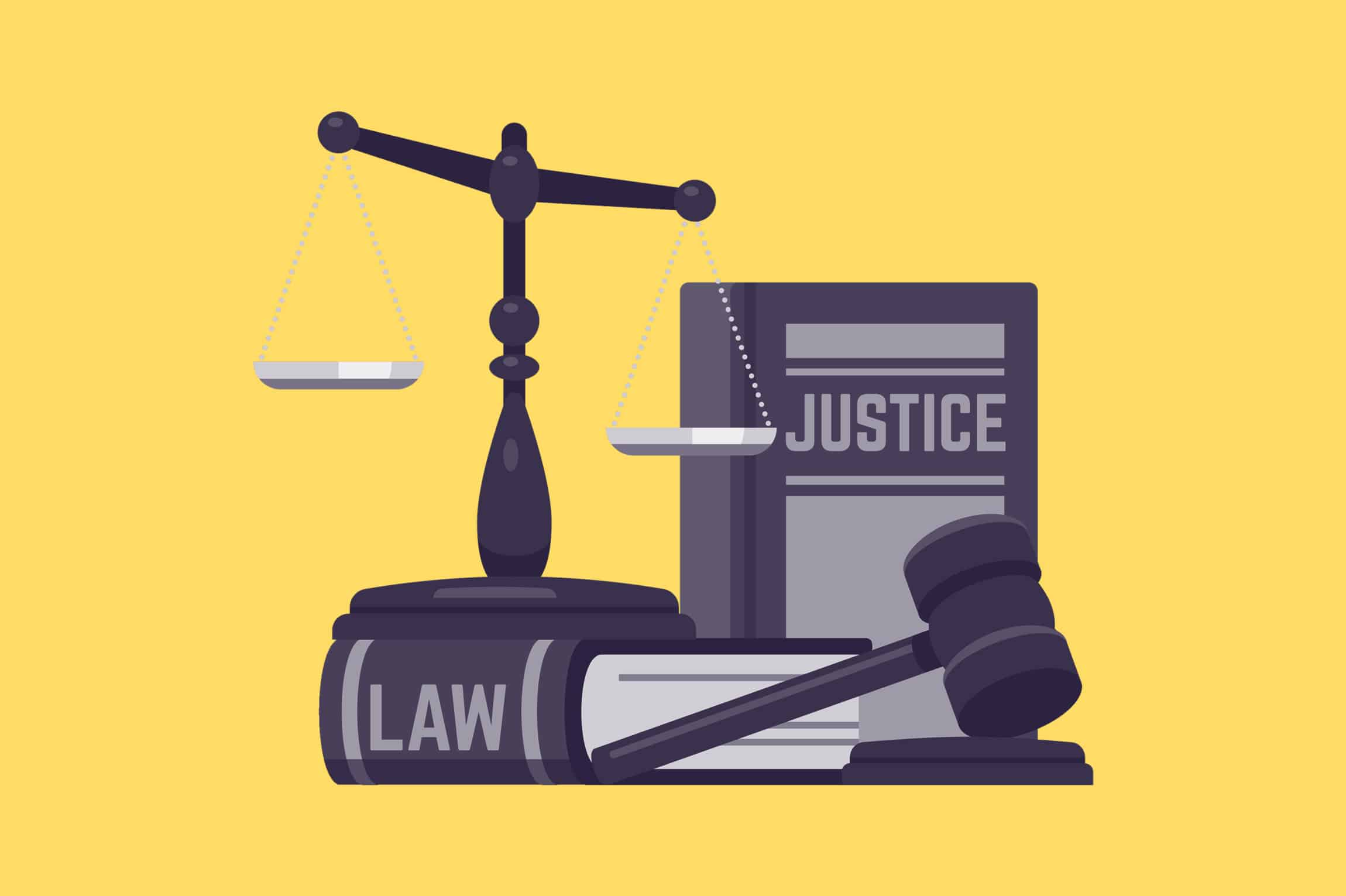Shareholders and investors are increasingly asking for more information on environmental risks and liabilities. Investors in the United States filed a securities class action lawsuit claiming that a Florida-based corporation misled them by providing inadequate information about the company’s environmental clean-up costs. The lawsuit names Rayonier Advanced Materials Inc. (RYAM), a company specializing in the production of specialty cellulose fibres, and some of its directors and officers.
The lawsuit alleges that RYAM improperly recorded and/or failed to record material liabilities for environmental remediation on its publicly issued financial statements, in contravention of Generally Accepted Accounting Principles (GAAP). Furthermore, the claim asserts that RYAM “failed to provide sufficient disclosure to investors to permit a meaningful evaluation of the true scope and extent” of environmental remediation liabilities associated with decades of environmental pollution, including contaminated soil and tainted groundwater.
The lawsuit was filed on behalf of representative plaintiff Oklahoma Firefighters Pension & Retirement System and all similarly situated public investors. The investors claim that they have suffered significant losses and damages as a result of RYAM’s “wrongful acts and omissions, and the resulting decline in the market value of the RYAM’s shares of common stock.”
The lawsuit raises the prospect of similar litigation in Canada. A 2008 Ontario Securities Commission Staff Notice reminded public corporations of their obligation to disclose material information about environmental matters in their continuous disclosure documents. Environmental information is likely material “if a reasonable investor’s decision whether or not to buy, sell or hold securities of the issuer would likely be influenced or changed if the information was omitted or misstated.”
As previously reported on this blog, a Canadian Securities Administrators Staff Notice from 2010 identifies five disclosure requirements for environmental matters mandated by National Instrument 51-102:
- Environmental risks (which may include litigation, physical, regulatory or reputational risks);
- Trends and uncertainties (with respect to revenues and expenses);
- Environmental liabilities (arising from legal obligations to make expenditures for adverse impacts on the environment);
- Asset retirement obligations (AROs), and
- Financial and operational effects of environmental protection requirements.
As investors’ concerns regarding climate change impacts mount, corporate environmental disclosures are facing sharper scrutiny. There is increasing evidence to suggest that shareholder lawsuits for inadequate environmental or climate risk disclosure may be viable.
Written by: Jonathan McGillivray, Summer Law Student at Zizzo Allan DeMarco LLP and a LL.B./B.C.L. candidate at McGill University; Jonathan has an M.A. in climate science and policy from Columbia University.
(Previously posted at www.zadllp.com)

